Introduction
In the realm of culinary arts, traditional Chinese cuisine stands as a testament to the harmonious blend of flavors, textures, and cooking techniques that have been perfected over centuries. Among the myriad of delicacies, stewing Forest Frog (Rana chensinensis), commonly known as Xueha in Chinese, holds a unique place. This delicate dish is not only revered for its exquisite taste but also for its perceived medicinal properties, making it a favorite among food enthusiasts and health-conscious individuals alike.
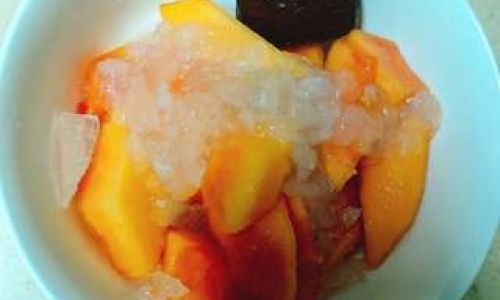
Forest Frog, native to the mountainous regions of China, is a small amphibian whose skin and meat are believed to possess nourishing qualities. When prepared correctly, stewing Forest Frog can yield a broth that is rich, fragrant, and imbued with a subtle sweetness, making it an ideal dish for cold winter nights or as a nourishing tonic.
This comprehensive guide aims to demystify the process of stewing Forest Frog, providing step-by-step instructions, tips for sourcing and preparing the ingredients, and insights into the cultural significance of this dish. By the end, you should be equipped with the knowledge and skills necessary to create a truly authentic and memorable Forest Frog stew.
Section 1: Understanding Forest Frog
Before diving into the cooking process, it’s crucial to have a basic understanding of Forest Frog. This amphibian is characterized by its small size, smooth skin, and delicate meat. In traditional Chinese medicine, Forest Frog is considered to have cooling properties and is believed to nourish the lungs, kidneys, and skin. It is often recommended for individuals seeking to alleviate symptoms of dry coughs, night sweats, and other conditions associated with yin deficiency.
When sourcing Forest Frog, it’s essential to ensure that the frogs are obtained from sustainable and ethical sources. Due to concerns about wildlife conservation and animal welfare, many modern chefs and food enthusiasts opt for farmed alternatives or seek out responsible suppliers who adhere to strict ethical guidelines.
Section 2: Preparing the Ingredients
The key to a successful Forest Frog stew lies in the careful selection and preparation of ingredients. Here’s a detailed breakdown of what you’ll need:
-
Forest Frog: As mentioned, ensure your Forest Frog is sourced responsibly. Typically, you will need around 4-6 frogs per serving, depending on their size.
-
Ginger: Fresh ginger adds warmth and depth to the stew. Peel and slice it thinly.
-
Scallions: These provide a fresh, aromatic flavor. Wash and chop them into small segments.

-
Chinese Wolfberry (Gouqi Zi): These tiny red berries are known for their nutritional benefits and add a subtle sweetness to the dish. Rinse them under cold water.
-
Chinese Red Dates (Jujubes): These dates are dried and sweet, adding both flavor and nourishment. Remove the pits before use.
-
Shaoxing Wine: A traditional Chinese rice wine that enhances the aroma and flavor of the stew.
-
Chicken or Pork Broth: A high-quality broth is essential for a rich, flavorful base. You can make your own or use a good-quality store-bought broth.
-
Seasonings: Salt, white pepper, and a pinch of MSG (optional, for enhanced flavor) are used to season the stew.
Section 3: The Cooking Process
Now that you have all your ingredients prepared, it’s time to start cooking. Follow these steps to create a perfect Forest Frog stew:
-
Cleaning the Frogs: Begin by carefully cleaning the Forest Frogs. This involves removing any skin, internal organs, and any debris. Some recipes call for skinning the frogs, while others leave the skin on for added texture and flavor. If you choose to skin them, use a sharp knife to make a small incision and gently peel off the skin. Rinse the frogs thoroughly under cold water.
-
Blanching the Frogs: To remove any impurities and tighten the meat, blanch the cleaned frogs in boiling water for about 2-3 minutes. Remove them with a slotted spoon and rinse them under cold water to stop the cooking process. Pat them dry with paper towels.
-
Preparing the Broth: In a large pot, combine the chicken or pork broth, sliced ginger, chopped scallions, Chinese wolfberries, and red dates. Bring the mixture to a boil over medium-high heat, then reduce the heat to low and let it simmer for about 30 minutes to allow the flavors to meld together.
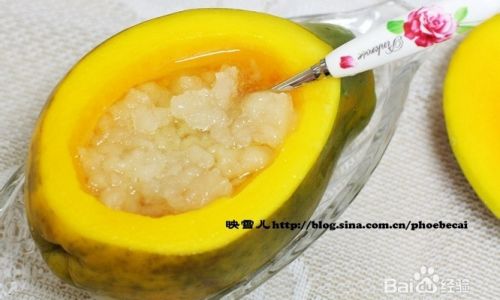
-
Adding the Frogs: Once the broth has simmered for 30 minutes, carefully add the blanched Forest Frogs to the pot. Make sure they are fully submerged in the broth. Pour in a small amount of Shaoxing wine to enhance the aroma.
-
Simmering: Cover the pot and let the stew simmer gently over low heat for at least 2 hours. This slow cooking process allows the flavors to develop and the meat to become tender and flavorful. During this time, you may need to skim off any foam or impurities that rise to the surface.
-
Seasoning: After 2 hours, taste the broth and adjust the seasoning with salt and white pepper. If desired, you can also add a pinch of MSG to enhance the flavor. Continue to simmer for an additional 30 minutes to allow the seasonings to fully integrate.
-
Serving: Once the stew is ready, remove it from the heat and let it sit for a few minutes before serving. Ladle the stew into bowls, making sure each serving includes a few pieces of Forest Frog and plenty of the fragrant broth. Garnish with a few slices of fresh ginger and chopped scallions for added flavor and presentation.
Section 4: Tips and Tricks for Perfect Forest Frog Stew
-
Quality Ingredients: As with any dish, the quality of your ingredients will greatly impact the final result. Always use fresh, high-quality ingredients, and ensure that your Forest Frogs are sourced responsibly.
-
Patience: Stewing Forest Frog is a time-consuming process, but the wait is worth it. The slow cooking allows the flavors to develop and the meat to become tender and flavorful.
-
Skimming: During the simmering process, it’s important to skim off any foam or impurities that rise to the surface. This will ensure a clearer, cleaner broth.
-
Seasoning: Be cautious with seasoning, especially salt. Forest Frog stew should be subtly flavored, allowing the natural sweetness of the frogs and the broth to shine.
-
Serving Temperature: Serve the stew hot, but not boiling. The ideal serving temperature is just below boiling point, which allows the flavors to fully develop on your palate.

Section 5: Cultural Significance and Variations
Forest Frog stew holds a special place in Chinese cuisine, not only for its taste but also for its cultural significance. It is often associated with nourishment and healing, making it a popular dish during the colder months or when individuals are seeking to improve their health.
While the basic recipe remains consistent, there are regional variations that incorporate different ingredients and cooking techniques. For example, in some areas, ginseng or other herbal ingredients may be added to the stew for added nourishment. In others, the frogs may be cooked with rice or other grains to create a hearty, one-pot meal.
Conclusion
Stewing Forest Frog is a delicate and rewarding culinary endeavor that combines the art of traditional Chinese cooking with the nourishing properties of this unique ingredient. By following the steps outlined in this guide, you can create a dish that is not only flavorful and satisfying but also steeped in cultural significance.
Remember, the key to success is patience, attention to detail, and a respect for the ingredients. With practice, you’ll soon be able to create a Forest Frog stew that rivals the best that traditional Chinese restaurants can offer. So, gather your ingredients, roll up your sleeves, and embark on this culinary journey. Your taste buds will thank you.
This comprehensive guide should provide you with a thorough understanding of how to stew Forest Frog, from sourcing and preparing the ingredients to the cooking process and cultural significance. Enjoy your culinary adventure and savor the rich, fragrant flavors of this traditional Chinese delicacy.
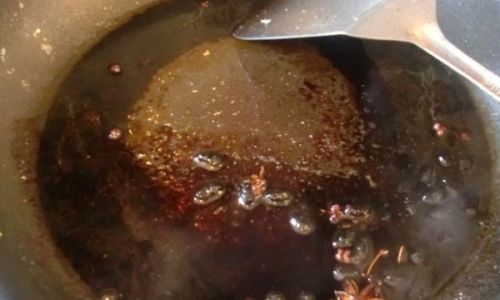
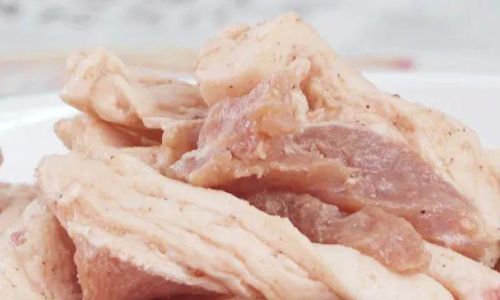
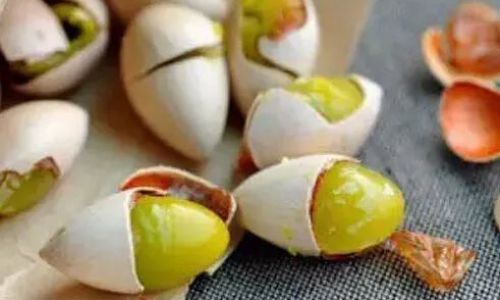
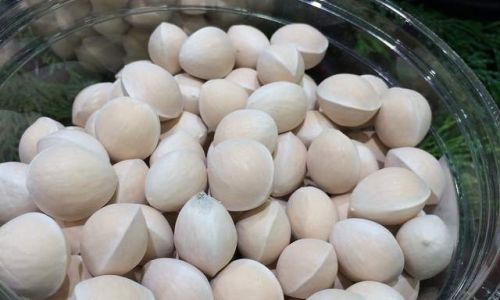
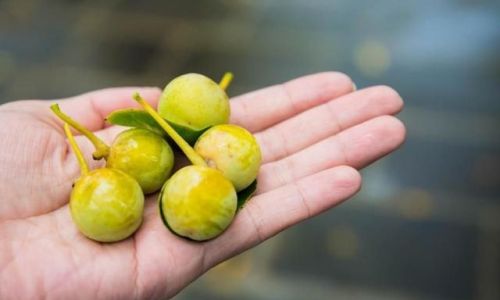
0 comments